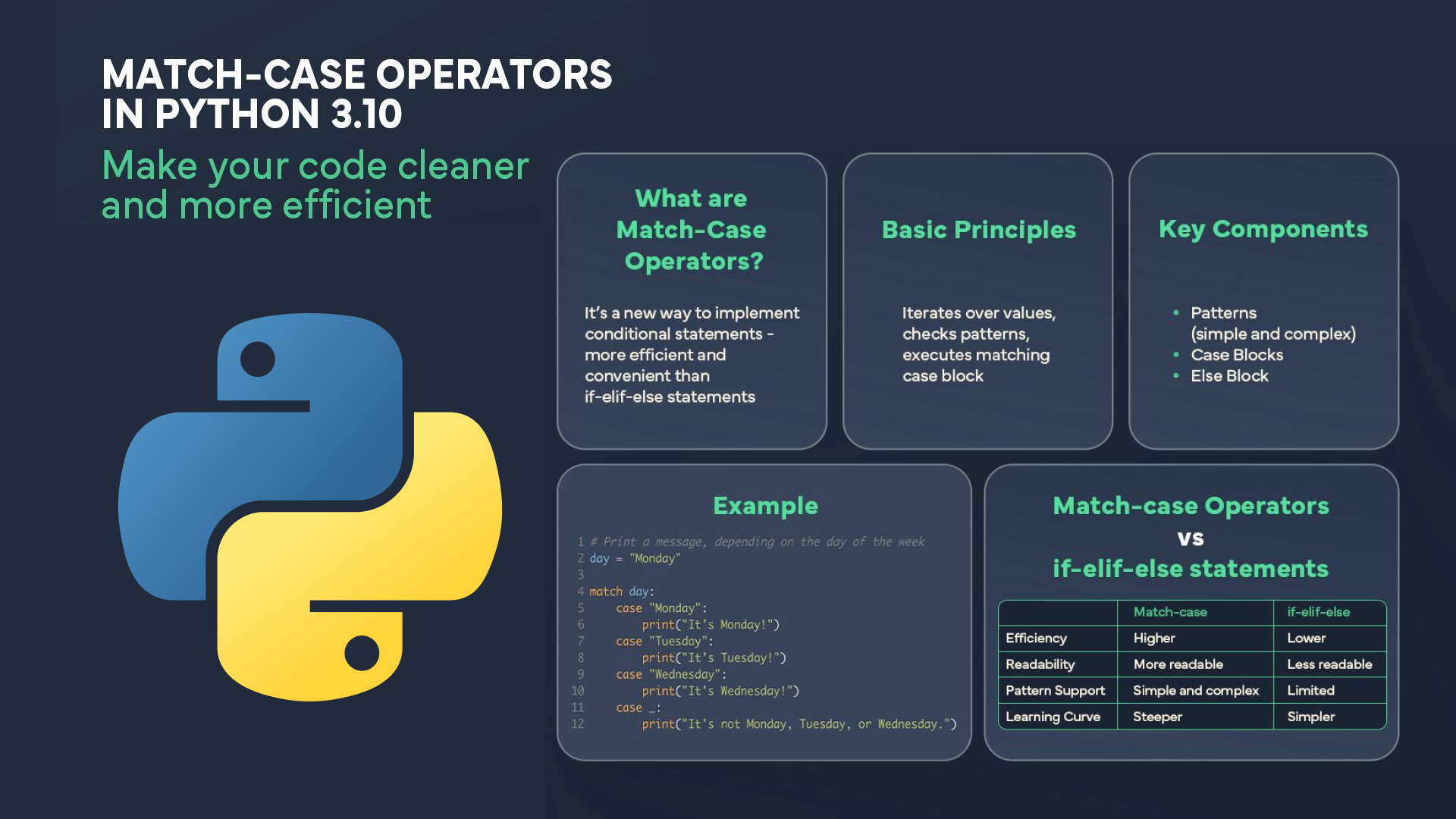Related courses
See All CoursesBeginner
Java Basics
Learn the fundamentals of Java and its key features in this course. By the end, you'll be able to solve simple algorithmic tasks and gain a clear understanding of how basic console Java applications operate.
Intermediate
Java Classes and Core Mechanics
You will learn about best practices in coding, how to create your own methods and classes, and how to work with them and configure their interaction. You will also understand how Java works at the computer level and how code compilation generally works.
Distributed Computing with MPI
Unlocking High-Performance Parallel Computing

MPI is a standardized message-passing library designed to work on a multitude of parallel computing architectures. This includes everything from local clusters to some of the world’s largest supercomputers. The standard defines the syntax and semantics of library routines and allows various processes of a parallel application to communicate with one another. MPI supports both point-to-point and collective communication, offering methods for data transfer and synchronization across different processes.
Why Use MPI?
MPI is favored in environments where performance and scalability are critical. Here are some of the key reasons for its popularity:
- Efficiency and Speed: By allowing multiple processes to handle parts of a task simultaneously, MPI can dramatically reduce the time required for data processing and computation.
- Scalability: MPI applications can scale efficiently from a few processors on a single system to thousands of processors across multiple systems, making it incredibly versatile for expanding project scopes.
- Portability: One of the biggest strengths of MPI is that it can run across various hardware and networking configurations without needing significant changes to the codebase, ensuring that applications remain adaptable and future-proof.
Core Concepts of MPI
The MPI environment refers to the setup that allows MPI processes to communicate. An MPI program starts with MPI initialization and ends with MPI finalization. During initialization, MPI sets up all the necessary infrastructure to handle the communication protocols among processes. At the end of an MPI program, resources are cleaned up by finalizing the MPI environment, ensuring that all processes terminate gracefully.
At the heart of MPI is its ability to facilitate communication between processes. This is achieved through various communication functions that allow data to be sent and received among processes. The primary types of communication in MPI are:
- Point-to-point communication: This involves direct communication between two MPI processes. Functions for sending and receiving messages are used to transfer data directly from one process to another.
- Collective communication: This involves groups of processes participating in communication operations. Examples include broadcasting data from one process to all others, gathering data from all processes to one, or distributing portions of data to multiple processes.
Start Learning Coding today and boost your Career Potential

Advantages of Using MPI
MPI offers several benefits that make it suitable for high-performance parallel computing:
- Fine-grained Control: MPI provides detailed control over how processes are managed and how data is communicated between them, allowing developers to optimize performance based on the specific requirements of their application.
- High Customizability: The extensive suite of functions in MPI means that developers can customize how communications are handled to best fit the data distribution and computational needs of their application.
- Wide Support: Due to its long-standing use and importance in the field of computational science, MPI is well-supported by a vast array of tools, libraries, and community resources.
FAQs
Q: Is MPI suitable for beginners in parallel computing?
A: While MPI is powerful, it has a steep learning curve. Beginners might find it complex, but resources and structured learning can ease the process.
Q: What languages support MPI?
A: MPI is primarily implemented in C, C++, and Fortran. However, bindings for other languages like Python exist (e.g., mpi4py), making MPI accessible from these languages as well.
Q: Can MPI be used for GPU computing?
A: Yes, MPI can be combined with GPU computing to manage data distribution and processing on systems equipped with GPUs, enhancing computational efficiency.
Q: What is the difference between MPI and OpenMP?
A: MPI is intended for distributed memory systems (multiple systems working together), whereas OpenMP is used for shared memory systems (multi-threading within a single system).
Q: Where can I find resources to learn more about MPI?
A: Educational platforms, official documentation from the MPI Forum, and comprehensive books on MPI are great resources for learning more about this powerful interface.
Related courses
See All CoursesBeginner
Java Basics
Learn the fundamentals of Java and its key features in this course. By the end, you'll be able to solve simple algorithmic tasks and gain a clear understanding of how basic console Java applications operate.
Intermediate
Java Classes and Core Mechanics
You will learn about best practices in coding, how to create your own methods and classes, and how to work with them and configure their interaction. You will also understand how Java works at the computer level and how code compilation generally works.
The SOLID Principles in Software Development
The SOLID Principles Overview
by Anastasiia Tsurkan
Backend Developer
Nov, 2023・8 min read

Match-case Operators in Python
Match-case Operators vs if-elif-else statements
by Oleh Lohvyn
Backend Developer
Dec, 2023・6 min read

30 Python Project Ideas for Beginners
Python Project Ideas
by Anastasiia Tsurkan
Backend Developer
Sep, 2024・14 min read

Content of this article